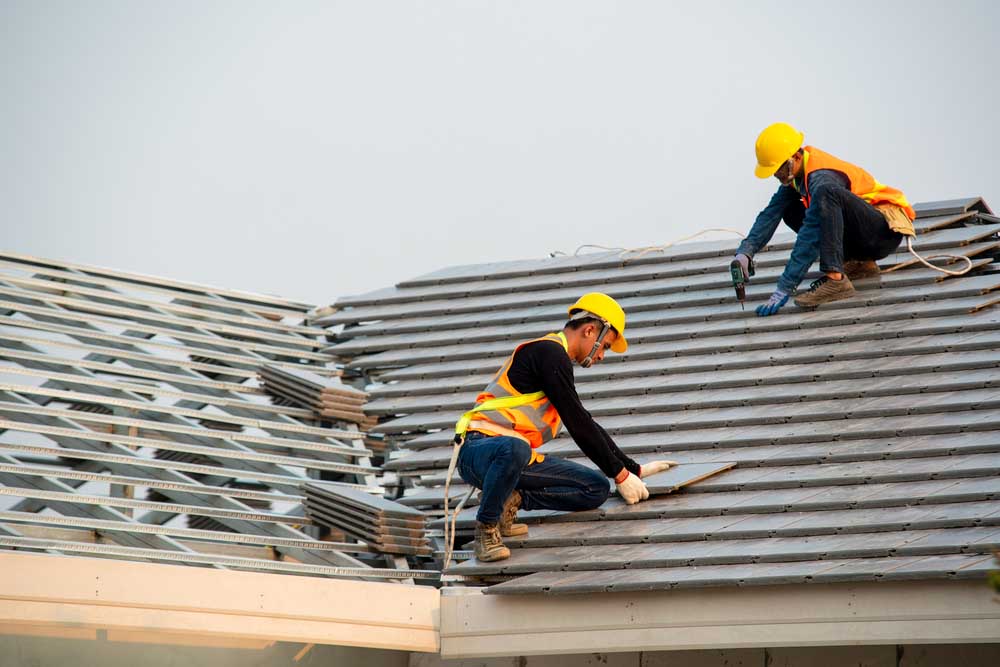What Are The Different Roofing Layers Used In Roof Installations?
Home /

A quality roofing system comprises different layers. Each has a critical role in protecting your home. They are essential parts of a roof installation in Asheville, NC for a durable, weather-resistant roof. From the decking to the outermost shingles, every layer has a specific function for its protective performance and longevity.
Roofing Layers In An Installation
Every roofer starts with the outermost layer of shingles or other roofing material. They are only effective when supported by the right layers beneath. Whether using asphalt, metal, or another material, it must be properly aligned and sealed. This provides full protection against the elements.
In an installation or replacement, the first priority of a roofing contractor is the decking. It’s the structural base of the roof. It must be solid and free from rot. This layer supports all others and must be in excellent condition.
The next layer is an underlayment. It serves as a secondary water barrier, shielding the home in case moisture penetrates the outer layers during severe weather.
Other Roofing Layers
During a roof replacement, the old shingles are often removed to address any damage beneath. Once the surface preparation is complete, installers add a water and ice shield in vulnerable areas such as valleys and eaves. This specialized membrane protects against ice damming and water intrusion, especially in colder climates or storm-prone regions.
Ventilation components are essential in a residential roof installation. They regulate attic temperature and humidity. Ridge vents and soffit vents are also added to promote airflow. They prevent mold growth and reduce strain on your HVAC system. These components are discreet but critical to maintaining energy efficiency and structural health.
When planning for a new roof, flashing is also installed around protrusions like chimneys and skylights. Flashing is usually metal and prevents water from seeping into joints and seams. Paired with drip edge strips along the roof edges, they guide water safely away from the roof and the home’s foundation.
These layers are all essential parts of any roof. An experienced roofing specialist uses these layers to form a durable and long-lasting roof. Call Secure Roofing today for a professional installation or replacement.
Schedule Our Service
Our Services
Contact Our Roofing Team
Ask Secure Roofing today for an appointment. Call us or fill out the form to get started.
